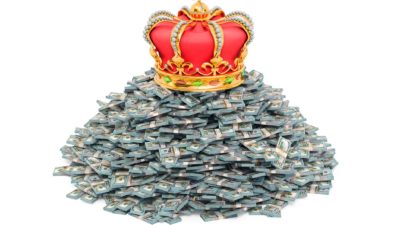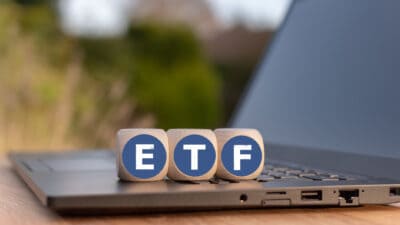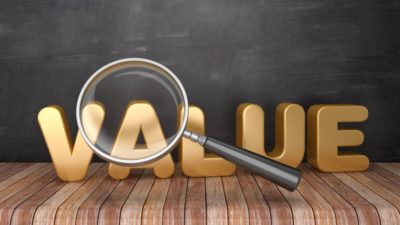Together with the market turmoil that US President Donald Trump's tariffs have sparked this month, you might have also noticed some pretty dramatic moves in our local currency when valued against the US dollar.
Back in mid-March, the Australian dollar was buying around 64 US cents. But by 8 April, a few days after Trump's 'Liberation Day' tariff announcements, one Aussie dollar was buying just 59.14 US cents.
The dollar has since bounced back against the Greenback, presently buying roughly 63.7 US cents.
Given the magnitude of these swings and the ongoing uncertainty regarding the stability of US trade policy, it's probably fair to say that we could continue to see big swings in this exchange rate.
This, of course, has some profound implications for ASX investors. If you own any US stocks or even ASX-listed exchange-traded funds (ETFs) that hold US stocks, the US-Australian dollar exchange rate can have a big impact on the value of your portfolio.
Does a lower dollar benefit ASX investors?
In general, a lower Australian dollar (or higher US dollar) is good news for Australian investors holding US-denominated investments. A lower Aussie dollar means that American investments can be sold for comparatively more Australian dollars. Further, any dividends that these investments pay out in US dollars are also inherently more valuable to ASX investors.
However, as with most things in investing, it is also a double-edged sword. For example, a lower Aussie dollar means that it is more expensive to purchase additional Benjamins if an investor wishes to double down on their American investments.
This dynamic, together with the enhanced volatility that both the US and Australian dollars are currently experiencing, might help explain why demand for dollar hedging is reportedly at a five-year high.
Yep, according to Bloomberg, demand for hedging against currency movements has "jumped to a five-year high" amid Trump's tariff policies. This, according to the report, "threatens to sap US economic exceptionalism and undermine the greenback" in many investors' minds.
Here's how Bloomberg explained this trend:
An index measuring three-month risk reversals — or the spread between call and put options — on the dollar against 12 of its major peers has dropped to the lowest level since the depth of the global pandemic in March 2020.
So, should ASX investors follow suit and opt for 'hedged' ETFs rather than unhedged ones? ETFs that are hedged use financial instruments to nullify any impacts on the value of these funds from currency movements. Unhedged funds offer no such protections, of course.
Hedged or unhedged: Which ASX ETFs to buy?
Many of the ASX's most popular international-based ETFs and index funds offer currency-hedged versions. These include the iShares S&P 500 (AUD Hedged) ETF (ASX: IHVV), the BetaShares Nasdaq 100 Currency Hedged ETF (ASX: HNDQ), and the VanEck Morningstar Wide Moat (AUD Hedged) ETF (ASX: MHOT).
So, are these funds a better bet than their unhedged counterparts?
Well, I tend not to think so. The Australian dollar and the US dollar have long had a volatile relationship. Some of us might remember the days of parity back in the early 2010s when the Aussie would buy more than one US dollar. Fewer of us might also remember the dark days of the turn of the millennium when the Aussie slid as low as 50 US cents.
Predicting what might happen in the foreign exchange markets is almost as difficult as predicting what the share market will do tomorrow.
Personally, I don't bother to. What is more important, in my view at least, is investing in assets that offer compounding growth for years into the future.
Most hedged ASX ETFs will charge you for the service, too. For example, the management fee for the iShares S&P 500 ETF (ASX: IVV) is currently 0.04% per annum. But its hedged IHVV sibling will cost an investor 0.1% per annum.
I would rather take the cheaper fund and deal with the currency fluctuations as they happen. Over the long run, I think a lower fee beats the chance of saving you a few dollars from a fluctuating currency.









